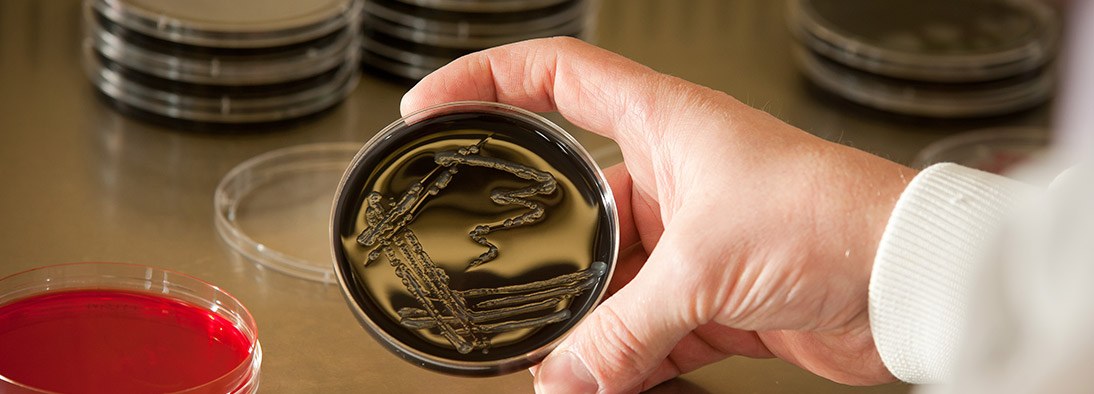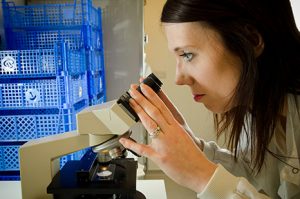
Checking your water is safe and clean
There are some circumstances when microbiological monitoring of domestic hot and cold water supplied from the mains is required, but this the exception rather than the norm and will occur if your legionella risk assessment has recommended it, or when the monitoring scheme is not working and indicates there is a problem.
Monitoring general bacterial numbers (TVC or TVCC) can indicate whether you are achieving microbiological control and sampling for legionella is another means of checking that a system is under control.
Does your water need to be tested?
 It’s not normally necessary to carry out routine sampling and testing of your domestic hot and mains fed cold water. However, there are some situations where you may need to do it – and when that’s the case we’re here to help you.
It’s not normally necessary to carry out routine sampling and testing of your domestic hot and mains fed cold water. However, there are some situations where you may need to do it – and when that’s the case we’re here to help you.
Here are some reasons why you may need to test your water:
- If your risk assessment shows that it’s necessary.
- If you’re not sure that existing control measures are working.
- If your system has been treated with biocide.
- If you’re not achieving consistent temperature control.
- If you’re not achieving consistent disinfectant concentrations.
- If your premises are home to people who are susceptible to infection.
- If you’ve had an outbreak of legionellosis.
- If your water is not supplied from the mains e.g a private spring.
- If you know there’s been low usage, stagnation, excess storage capacity, dead-legs, excessive heat loss or crossflow in your water system.
Water Sampling & Analysis
The most common samples we process are:
- Legionella
- TVC (Total viable count)
- TVCC (total viable count and coliforms/E.coli)
- TVCC and pseudomonas aeruginosa (swimming pools)
- TVC, NRB, SRB and Pseudomonas species (LTHW closed systems)
- Pseudomonas aeruginosa (Health care premises).
Following a BS8558 flush and disinfection a representative number of microbiological samples (Total Viable Count, Coliforms and E.Coli) will be taken. These are taken from the disinfected system and for comparison a single sample from the incoming main.
All our samples are submitted to a UKAS accredited lab to be tested. The lab emails the results and we then take the necessary actions to advise you on the next steps. If results are positive you will be contacted immediately by phone.
TVC are an indication of the total number of culturable bacteria in each sample, with these we are looking at trends to indicate the bacterial activity in the water for example in a cooling tower. If any E. coli or coliforms are detected these are classed as a fail and appropriate action will be taken.
When a sample has failed, we may advise a resample or where there have been multiple failures a disinfection is often required. It is important to consider past sample results and the level of detection in the sample. In some instances, if disinfection does not get the desired results, we may recommend a chlorine dioxide system be installed.
The most common question is how long will it take to get my results back?
It takes 12 days for final legionella results. The lab informs us if there are any positive results on day 6 but these are interim results and could change.
TVC results come back after approximately 5 days. The lab will inform us if E. coli or coliforms are detected within 3 days.
SRB results take 21 days. However, we can supply the results for the other tests carried out alongside these (TVC, NRB, and Pseudomonas species) usually within 7 days.
Are there any factors which influence the sample results?
Old buildings with old pipework and disused outlets can cause problems and increase the likelihood of getting a positive result. Environmental factors like temperature can cause more bacteria to grow within systems.
It is very important to take the sample correctly using an aseptic technique and to keep taps clean. Little used outlets must be run weekly to prevent stagnation, which increases the chance of a positive result. Our engineers are trained how to use aseptic techniques and follow specific procedures and best practice to ensure you get value and sensible advice.
